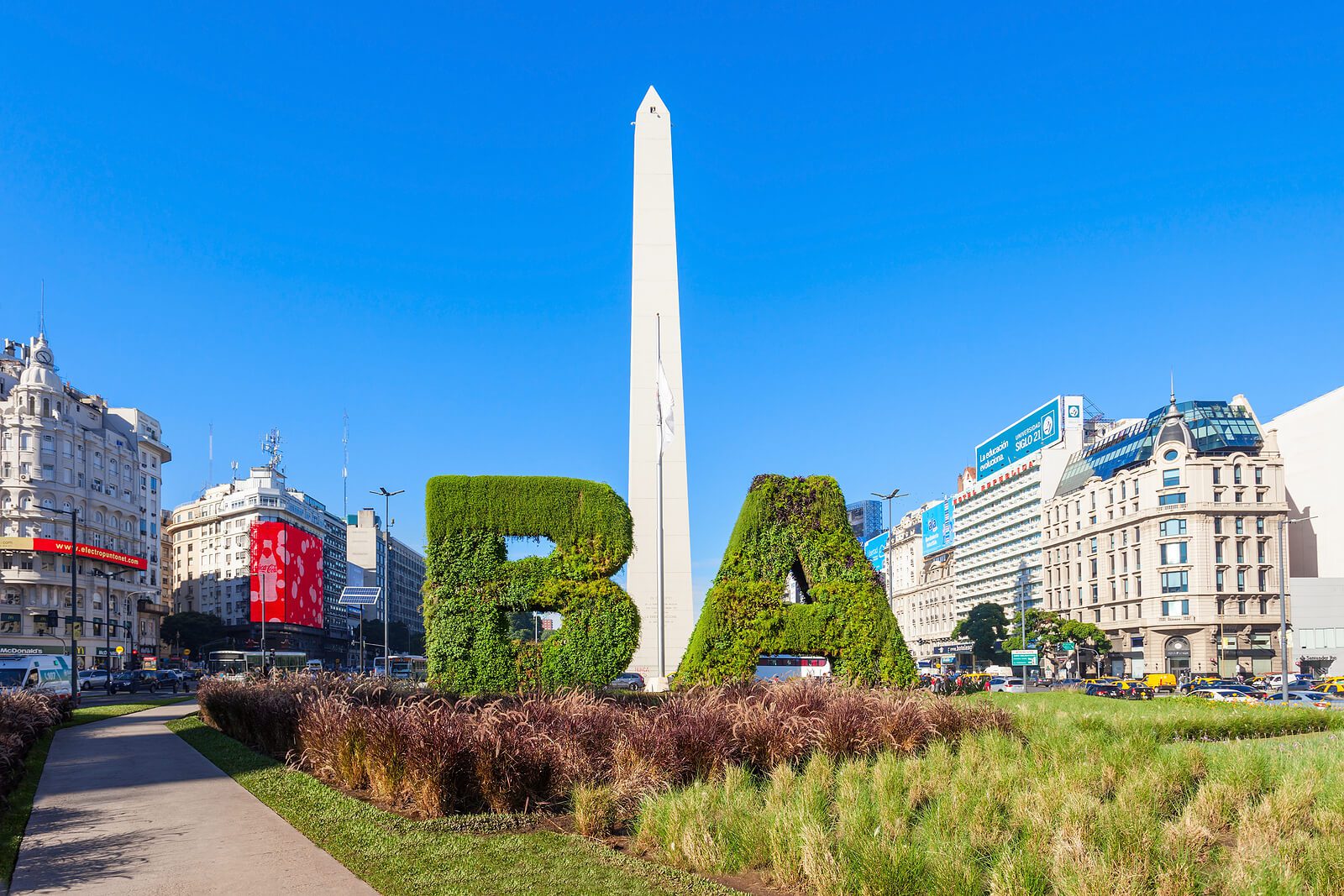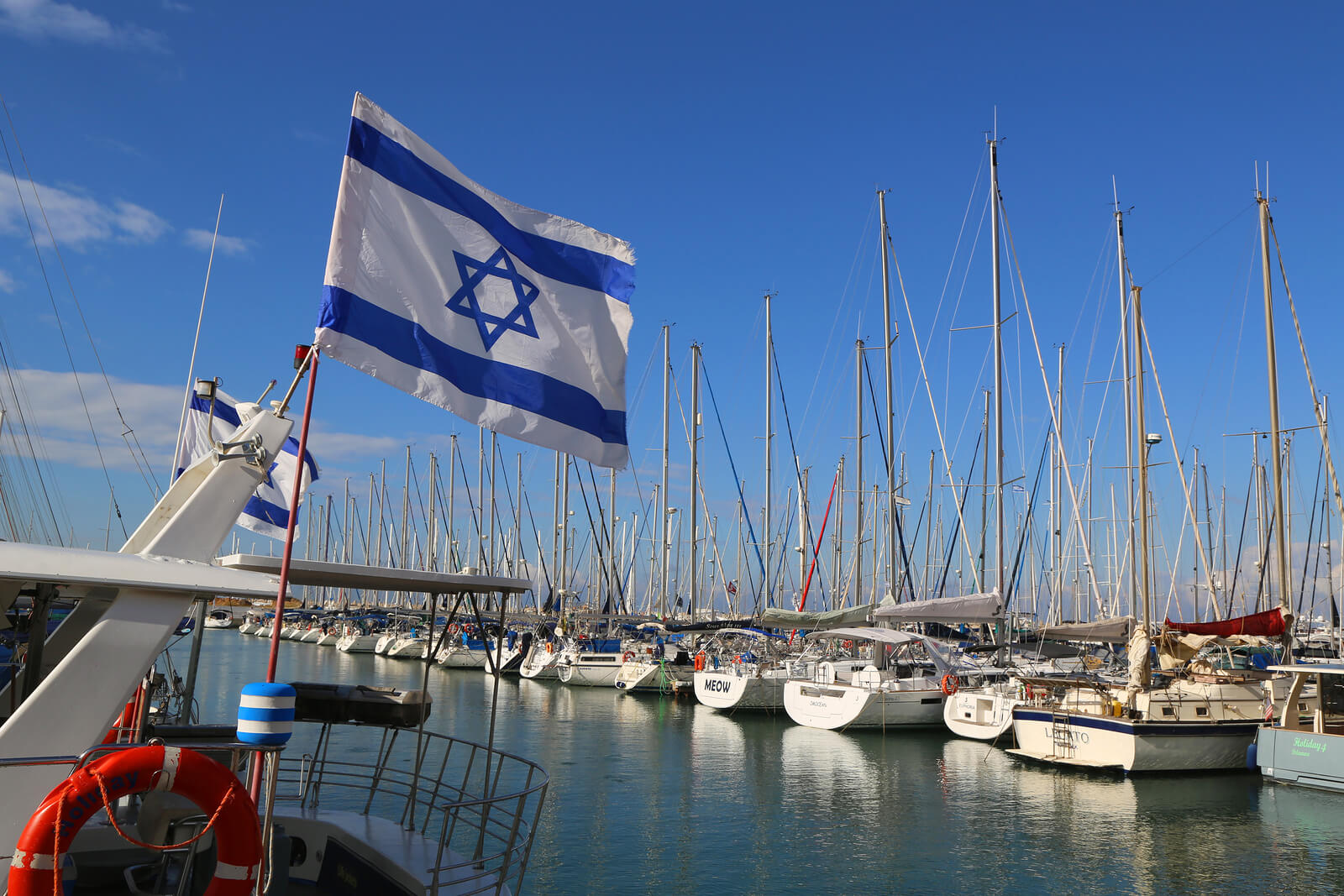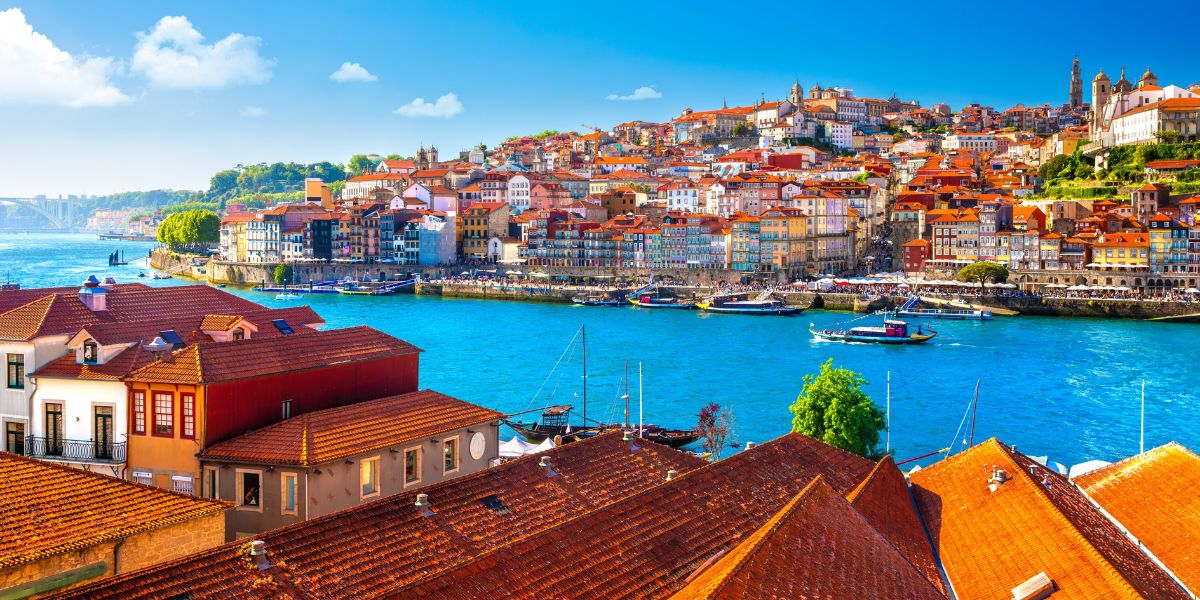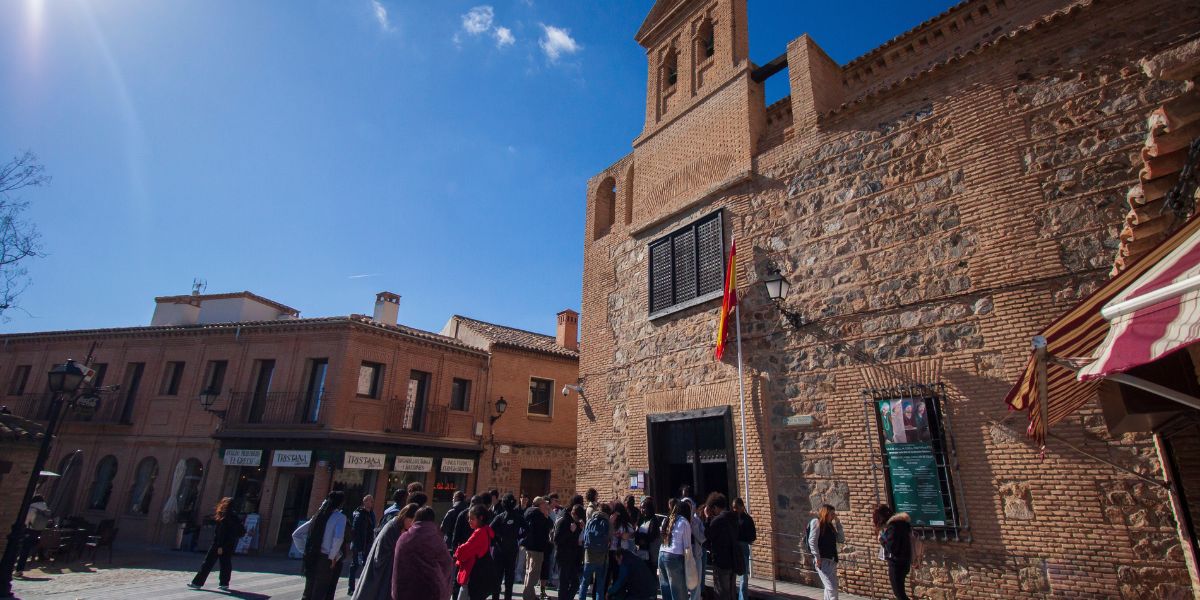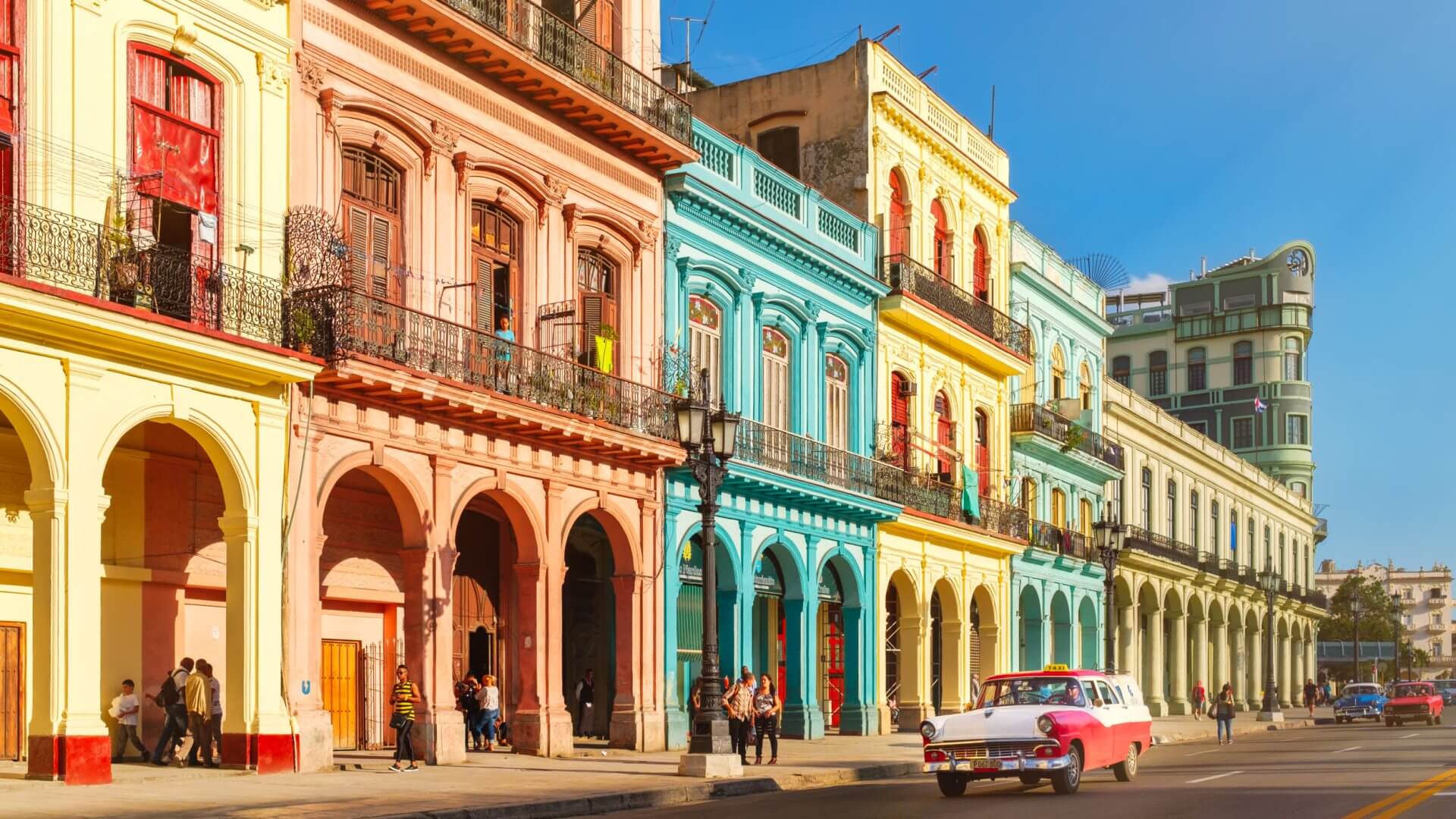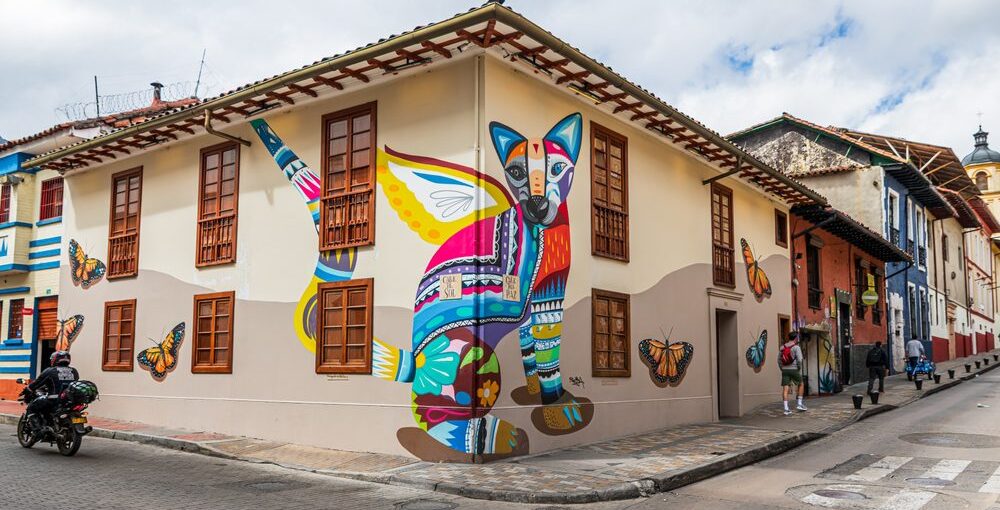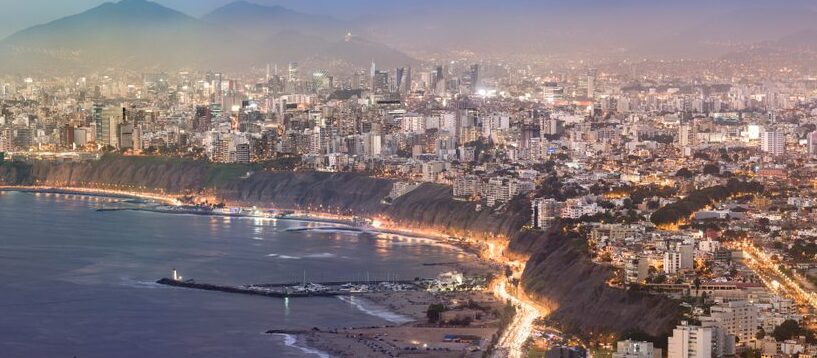Croatia is emerging as a prized luxury tourist destination for US travelers. Lying opposite Italy on the beautiful and sunny Adriatic Sea, Croatia has some of Europe’s best beaches. It’s also a place of magical medieval coastal cities, and has a deep Jewish past.
A family orientated Jewish heritage tour of Croatia is an exploration of a rich, but little-known strand of Jewish history that dates back to the Roman Empire and is intertwined with Venetian and Slavic history. Your deep dive into the country’s Jewish history comes with all the delights of a luxury vacation.
When you travel Croatia with children and teens, a tailored itinerary will allow you to divide your time between cultural excursions led by private guides, adventurous boat trips and watersports, hikes through the fragrant pine woods, and the chance to meet local Jews and try some amazing kosher Croatian food.
A Quick Look at Croatia and its Jewish Heritage
There were Jews in Croatia before there were Croats. When the Romans conquered the area in 168 BCE they created the province of Illyricum. Jewish traders and settlers arrived later in the Roman period and there is archaeological evidence of a synagogue in the town of Osijek that dates back to the 3rd century CE. The Croats (a Southern Slavic people) moved into the province in the late 6th and early 7th centuries, laying the early foundations of the modern Croatian nation.
Less is known about Jewish life in Croatia during the medieval period, but the community certainly flourished during the late Middle Ages and enjoyed peace and prosperity. By the standards of the time, the Croatians were tolerant of their Jewish neighbors. That changed in 1456 when Jews (and all other non-Catholics) were expelled.
A discreet and intermittent Jewish presence continued over the following centuries, but it wasn’t until the Edict of Tolerance of 1782 that Croatia’s Jewish communities began to revive. Following World War One, Croatia became part of the Kingdom of Yugoslavia and the Jewish community reached its zenith.
World War Two brought disaster for the Jews. Croatia’s ultra-nationalist Ustaše movement actively persecuted and then began to exterminate the Jews: The Nazis finished the job. An estimated 79% of Croatian Jews were murdered and only 5,000 (mainly partisans or exiles) survived.
During the post-war Communist period, most Jews either emigrated to Israel or assimilated into Yugoslavia’s secular society. Mixed marriages were common and only 2,000 Jews remain in Croatia today. The community is small, but it is vibrant and welcoming. A family tour of Jewish Croatia can include opportunities to meet members of the community.
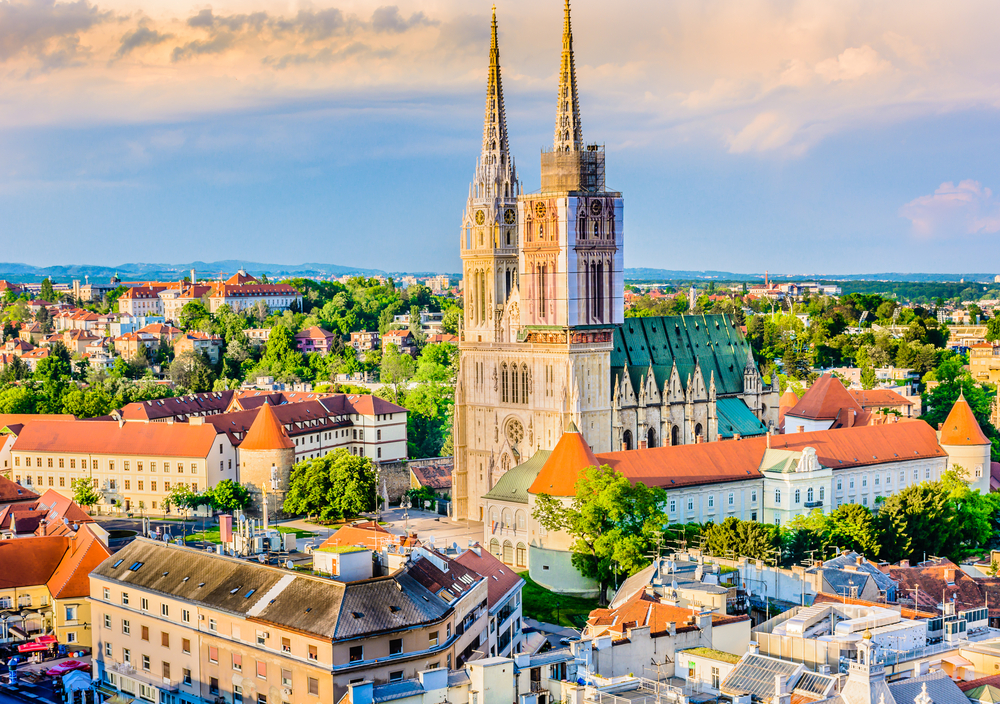
Zagreb – Past and Present Vibrancy
Zagreb is the capital of Croatia and offers tourists a rich cultural and historical experience. The city is also keen to develop high end tourism and there is a good choice of luxury hotels and gourmet dining (Gil Travel can help you to create a full kosher travel experience in Zagreb).
Prior to the Holocaust, Zagreb was a regional center of Jewish cultural life and there are some fascinating Jewish heritage sites in the city. The Great Zagreb Synagogue was built in 1867 under the relatively enlightened rule of the Habsburgs and was rated as one of the finest examples of Moorish Revival architecture. Tragically it was destroyed by the German puppet authorities in 1941. Fragments of contemporary footage of the synagogue’s demolition survive and were included in the 1996 documentary The Zagreb Synagogue 1867-1942.
Today there is a memorial plaque at 7 Praška Street marking the site of the former synagogue and some surviving artifacts are displayed in the Zagreb City Museum. A private guided tour of Zagreb should include a trip to the peaceful Mirogoj Cemetery (famed for its ornate arcades and walkways). The cemetery served all the city’s communities and includes the grave of Former Chief Rabbi Hosea Jacobi, as well as other prominent Croatian Jews. The historic Jewish section is well worth a visit.
Zagreb is an excellent city for walking tours and there are a lot of beautiful non-Jewish heritage sites that can be included in your itinerary. The Upper Town (Gornji Grad) comprises the old medieval districts of Zagreb and is packed with atmospheric historical sites. The cobbled streets, squares and cafes are a delight to explore on foot. The quarter includes St. Mark’s Church with its spectacular tiled roof and the Croatian parliament building.
A walk around the Upper Town gives some insight into how historical Zagreb would have appeared to its Jewish residents in previous centuries. It only takes a little imagination to step back in time and picture the bustling Jewish community of a different era. Another recommended excursion in the Upper Town is the Dolac Market. The daily farmers’ market, with its distinctive red umbrellas, is a wonderful place to browse and explore.

Dubrovnik – Medieval Jewish Roots in the Pearl of the Adriatic
Although nominally a vassal of the Kingdom of Hungary and then the Ottoman Empire, Dubrovnik ruled itself as a free state for hundreds of years. At its peak, Dubrovnik was a prosperous seapower that rivalled Venice. The city’s once flourishing Jewish heritage is preserved in the Dubrovnik Synagogue. It is Europe’s second oldest Sephardic synagogue and still serves the modern Jewish community. There is also a Jewish quarter whose small, winding streets resonate powerfully with modern visitors.
When you take your family on a Jewish heritage tour of Croatia, Dubrovnik will be a special part of the trip. It provides a profoundly moving glimpse of the Sephardic history of the region and is also an exceptionally beautiful palace in its own right. The Old City of Dubrovnik is a UNESCO World heritage Site and the City Walls offer some breathtaking views and an unforgettable walk. The Adriatic Sea has one of the world’s most picturesque coastlines and Dubrovnik is one of its gems.
A private walking tour of Dubrovnik will include a guided visit to the Rector’s Palace and Sponza Palace. Gil Travel can also arrange a private boat trip to Lokrum Island. It’s a perfect place for kids to let off some steam with swimming and watersports, as well as pristine picnic spots with free roaming peacocks.
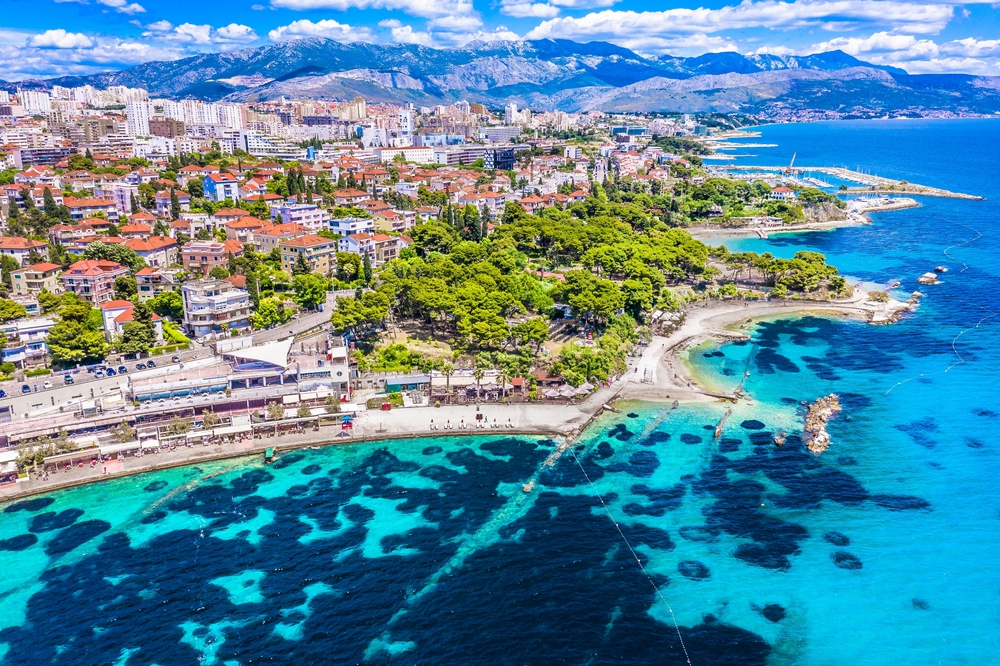
Split – Ancient Stones, Hidden Jewish Marks
Split (Spalato) is Croatia’s second largest city and will be immediately recognizable to anybody who watched the Game of Thrones. The city’s Diocletian’s Palace, Kliss Fort and other historical locations were used in the TV series. Split is located on the Adriatic Coast around a hundred miles northwest of Dubrovnik. The coastline at Split is equally beautiful although the city itself is much bigger.
Split’s old Jewish Cemetery on Marjan Hill is one of the oldest in Europe. It’s a peaceful and shaded place with trees and shrubs growing between the graves. The cemetery is not well maintained, but is an interesting place to wander. There are reputed to be over 700 graves and the oldest are believed to date back to the early 1700s. Many gravestones have Hebrew inscriptions and detailed ornamentation.
Arguably the most famous attraction at Split is Diocletian’s Palace (a UNESCO World Heritage Site). The Emperor Diocletian moved to the city when he abdicated and built the palace as a home. It’s one of the world’s most important – and impressive – Roman historical sites and also contains traces of Jewish merchants inside. Another stunning site is the St. Domnius Cathedral and Bell Tower. If your kids get tired of historical sites and Jewish heritage locations, take them for a family hike and a picnic in the Marjan park. The views of the Adriatic Sea are amazing!
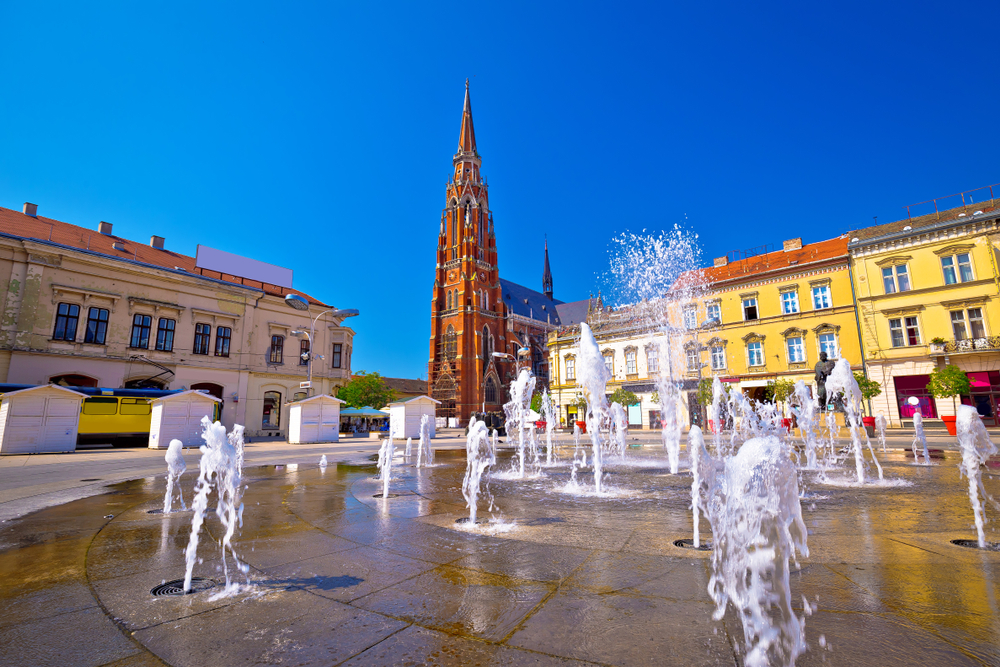
Osijek – Stories from Eastern Croatia
Osijek is a riverside city in the east of Croatia, not far from the Serbian and Hungarian borders. It’s very different to the Adriatic coastal jewels of Dubrovnik and Split, but contains a beautiful Old Town with an 18th century Baroque citadel, and the splendid Croatian National Theatre.
Osijek also has an interesting Jewish heritage. The town’s Jewish cemetery was inaugurated in 1850 and has a ceremonial hall known as the “little synagogue”. Generations of Osijek’s Jews were buried in the cemetery and their graves remain. Many of the marble tombstones and monuments are quite impressive and hint at a wealthy and confident community. There is currently a fundraising effort to restore the Osijek cemetery and visits by American Jews directly contribute to its preservation.
Three miles outside Osijek lies the village of Tenja. It was the site of a concentration camp run by the Ustaše and the town’s Jews were held there before being deported to Auschwitz in 1942. The white marble Tenja Holocaust Memorial (renovated by the Osijek municipality) honors the dead and is an important destination for anybody visiting the city.
Apart from the Jewish heritage sites in Osijek, a guided walking tour of the Tvrđa Old Quarter and the Baroque Citadel and the Museum of Slovenia is a really enjoyable day out. If you are traveling in Croatia with children, try a bike rental and explore the Drava River Promenade. Osijek is a quiet city in many ways, but it provides an authentic glimpse into Croatia’s multi-layered Jewish and European past. It’s partly Balkan, partly Central European and always interesting!
Plan a Luxury Family tour of Jewish Croatia
Croatia is not an easy country to define, but it’s definitely a friendly and welcoming place for a vacation – and the weather is mostly amazing! The huge variety of attractions – luxury coastal resorts, beautiful wooded islands and seaside fortresses, atmospheric old towns with historic squares, galleries and museums – means that there is something for everyone.
Gil Travel will work with you to create the perfect itinerary for a family tour of the most important Jewish sites in Croatia, with plenty of spare time to explore the country’s wonderful nature reserves and modern attractions. Talk to us today about a private luxury tour of Croatia!
